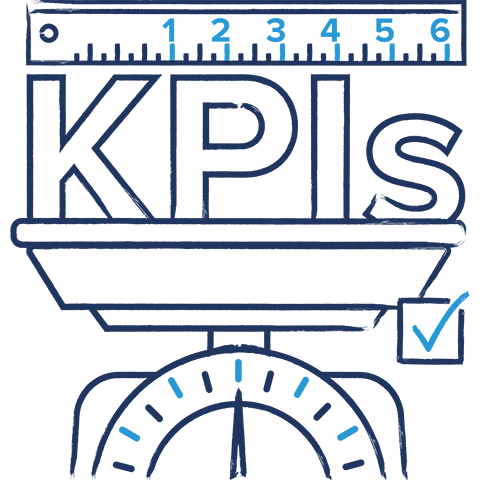
6 KPIs for successful sales teams
A high performing sales team can do wonders for an organization’s overall success. Hence, it is crucial to gather relevant information regarding the performance. These are the six sales KPIs leading sales teams can’t do without.
44% of salespeople never attempt more than one follow-up after hearing “no” from a potential customer, causing a pool of potential leads to be left behind. To understand whether this is happening in the sales organization, closer tracking of sales key performance indicators (KPIs) is a must. Organizations can miss out on revenue opportunities from the sales team, or risk the sales funnel underperforming, if there is inadequate focus on sales KPIs.
This post covers some of the most important sales KPIs that are table stakes for high-performing sales teams and explains why they are so important.
What are KPIs in sales?
KPIs are metrics that allow sales teams to measure their performance (or business in general) against their goals. Sales KPIs also allow teams to compare performance and help in setting sales goals. It is impossible for sales teams to know if they are setting realistic goals if initial sales and other related metrics aren’t properly measured and tracked.
When looking at sales KPIs, it’s important to consider them within the context of a specific business and industry because industry averages can vary significantly. Ignoring this fact could skew the perception of sales performance and cause teams to believe they are underperforming or overperforming, and this information can potentially lead to poor business decisions.
Why is it important to measure sales performance?
One of the most significant benefits of tracking sales KPIs is their ability to show progress over time. Measuring how a rate or number changes over time is incredibly valuable, while measuring it at a single point in time is less valuable. Tracking performance over time allows teams and individuals to see where they are succeeding and where they may need improvement. Once they begin working to improve in a certain area, success can be measured by recalculating the KPIs that originally indicated it needed work. Identifying and improving underperforming areas can lead to increased sales, productivity and even team morale.
Teams tend to be happier and work harder when they know they’re doing well. As long as they’re used in a positive way, KPIs provide another way to motivate sales teams. Setting unrealistic goals that are not informed by the data and insights derived from using KPIs is a surefire way to discourage teams and risk attrition of sales talent.
1. Net profit margin
Net profit margin measures profit from each dollar of sales after all expenses have been taken out.
This is a good metric to follow because, unlike net income or gross profit margin, it takes into account all expenses as well as revenue. Increasing revenue is great, but an increase in net profit margin means that even for the same amount of sales, more profit is kept. Increasing efficiency and lowering expenses can increase the net profit margin. The formula for net profit margin is:
For example, if an organization has a net income of US$500,000 and revenue of US$850,000, the net profit margin would be roughly 59%.
2. Customer acquisition cost
Customer acquisition cost (CAC) shows how much it costs the organization to gain a single new customer.
This amount is critical because, while retaining current customers is important, obtaining new customers is necessary for growth. However, its significance increases when compared with both the industry average and the average order value.
A problem arises if the CAC is larger than the average order value, when it becomes necessary to either increase the average order value or lower the CAC. To achieve the latter, expenses may be lowered or the closing rate increased. The formula for customer acquisition cost is:
For example, if sales and marketing expenses is US$500 in a given month with a gain of 400 new customers, CAC is US$1.25 per new customer.
3. Closing rate
The closing rate measures how many deals the sales team closes compared with the number of qualified leads they have.
This is a great tool for identifying significant issues in the sales funnel or for evaluating individual employee performance. If a closing rate is low, it may be time to review the sales process and see at which step prospective customers are dropping off, before working to improve that process.
Additionally, this can help determine the quality of the leads in the pipeline. If none of the leads from a particular source are converting, it’s worth looking into further. It is important to measure the team’s closing rate against the average sales cycle for the business: for example, measuring the closing rate over one week when sales typically take several months to close will not provide an accurate picture. The formula for the closing rate is:
For example, if the team closed 30 new clients in Q1 and were given 50 leads in that time, their closing rate would be 60%.
4. Churn rate
The churn rate measures the rate at which customers are leaving the business.
While product businesses can use this metric, it is particularly useful for service-based businesses. It is a good tool for gaining insights into how customers react to changes in services, pricing and new competition. It can also be used to look at employee turnover. It’s important to keep the churn rate as low as possible because it is cheaper for a company to retain its current customers than acquire new ones. The formula for the churn rate is:
For example, if during the month of May, 12 customers left out of an average of 64, the churn rate is about 19%.
5. Sales volume by location
Comparing sales volume from location to location shows how the same product performs in different markets. It can also apply to a physical location vs online sales.
This data can indicate if a different product or service is best suited to a specific market. If one offering is doing better in a specific location, teams can focus on promoting it in that market to boost sales even further. If a product or service is performing equally in two different locations, teams can compare how customers will respond to various marketing tactics, such as different promotions, displays or demonstrations.
6. Sales cycle length
The length of a sales cycle is the average number of days, weeks or months it takes to close a deal.
This metric is necessary for setting realistic sales goals and forecasting revenue. But it is also important for measuring efficiency and tracking the progress of individual team members. If an experienced employee has a particularly long average sales cycle, they may need more instruction or motivation.
New hires are likely to have a longer sales cycle length while they’re still getting used to the business and its practices. Tracking their sales cycle length, along with their closing rate as they settle in and improve, is an opportunity to use a KPI for their development. It measures their progress and makes sure they are learning and implementing what they learn.
Average sales cycle length is a good way for organizations to set realistic goals and performance expectations. The formula for the average sales cycle length is:
For example, a team member recently closed three sales. If sale one took 12 days, sale two took 10 days, and sale three took 15 days, the total number of days is 37 and the average sales cycle is roughly 12.33 days.
Start measuring sales KPIs today
The value of measuring and tracking sales teams’ progress is undeniable. Tracking these six sales KPIs can bring sales teams one step closer to streamlining processes and increasing revenues.












